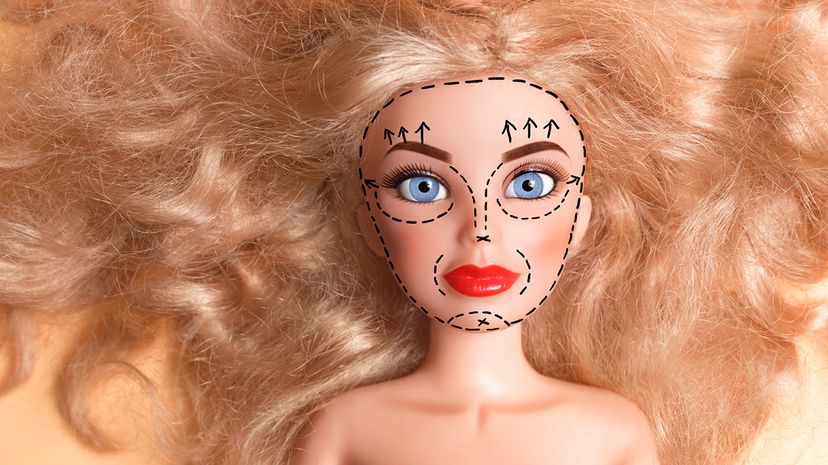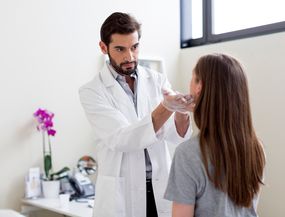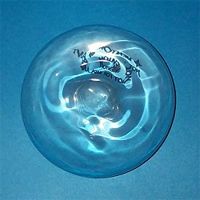So, do most plastic or cosmetic surgeons elect to enhance their appearance? And, do they do so at a higher rate than the general public?
"Yes and yes," says Grant Stevens, M.D., fellow of the American College of Healthcare Executives, and a clinical professor of plastic surgery at the University of Southern California.
The results of a study published in the December 2009 Journal of Plastic Reconstructive Surgery seem to bear out this anecdotal evidence. The study found that, of the 276 plastic surgeons surveyed, a full one-third have had at least one type of cosmetic surgery, while Pew Research Center statistics show that of the general U.S. population, only 4 percent of adults say they've had cosmetic surgery. Of the surgeons who'd had surgery themselves, the most common surgical procedure (18.6 percent) was liposuction of the trunk and/or extremities.
Interestingly, female plastic surgeons were less likely to have breast augmentation than the general population, but male plastic surgeons were more apt to have cosmetic procedures than men in the general population. It's a finding that holds true for Glenn Vallecillos, M.D., a board-certified plastic surgeon in Beverly Hills.
"I continuously maintain and enhance my current features with the noninvasive treatments offered throughout my practice," says Dr. Vallecillos. "I will treat myself to a laser, yet other times I will ask one of my nurses to inject a little Botox."
Like Dr. Vallecillos, 62 percent of the plastic surgeons in the 2009 study had undergone at least one type of minimally invasive cosmetic procedure, less serious than surgery. The most common procedure was Botox injections (31.5 percent), and female plastic surgeons had significantly more minimally invasive cosmetic procedures compared with male plastic surgeons (84.9 versus 57 percent).



